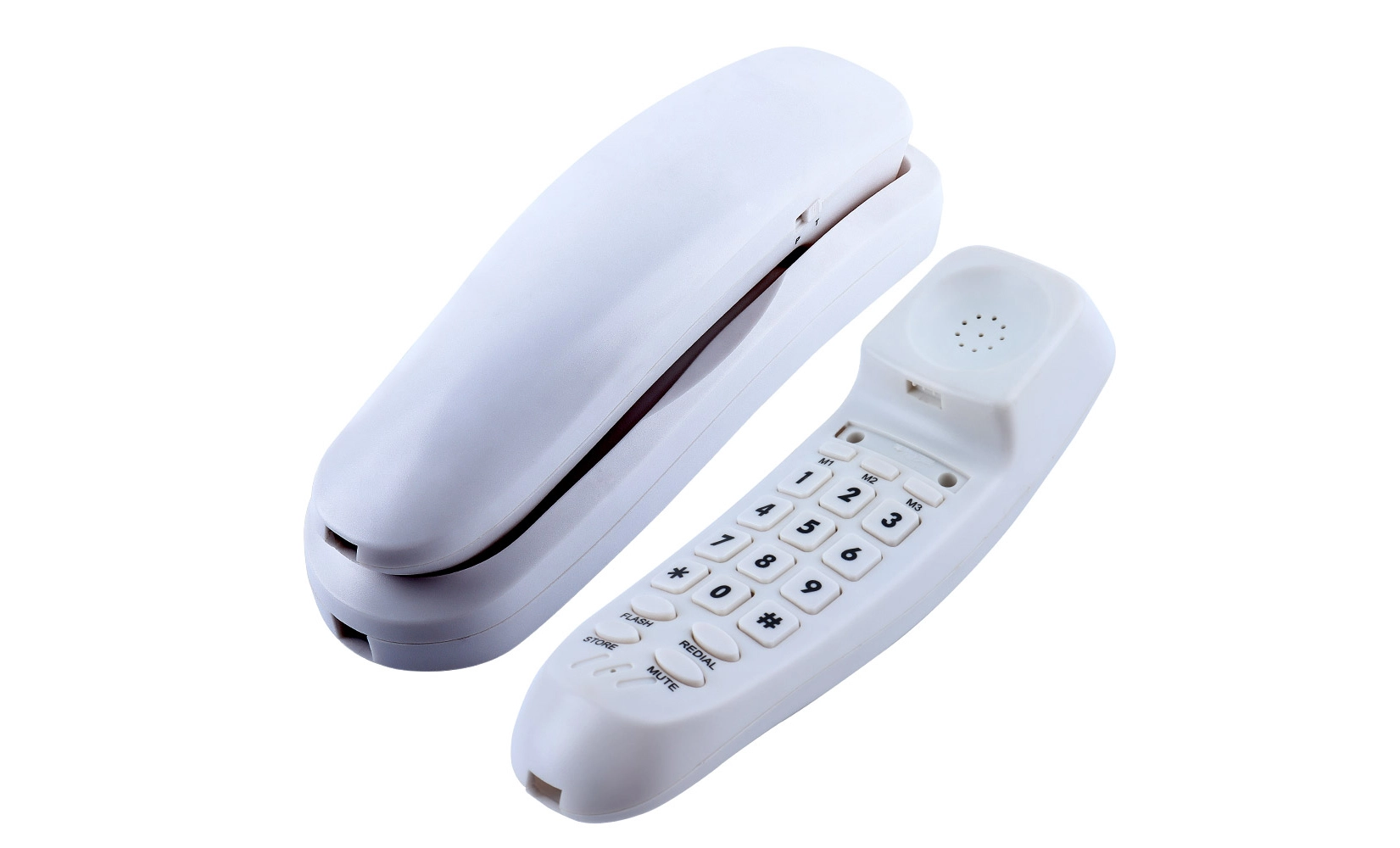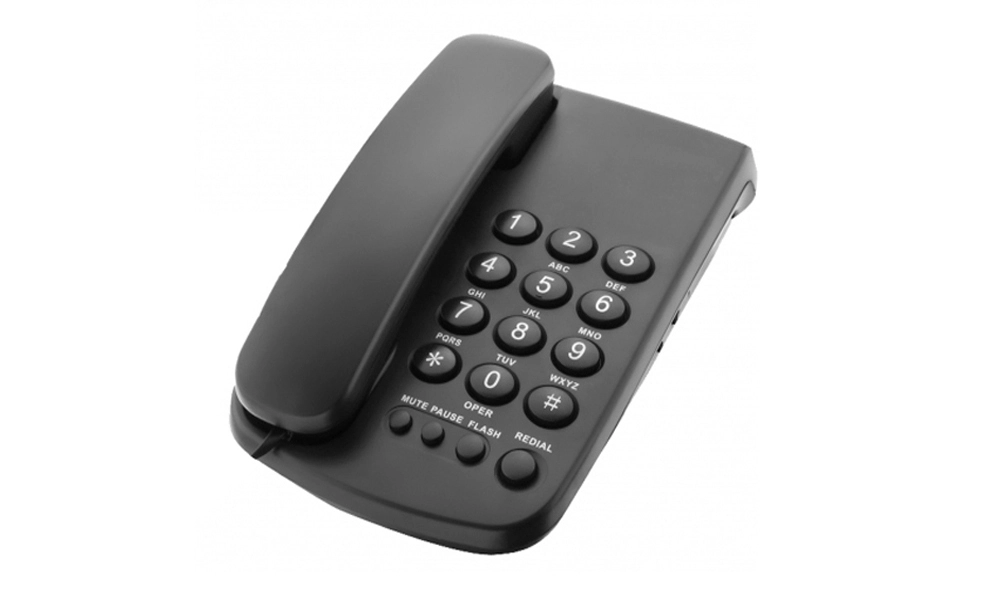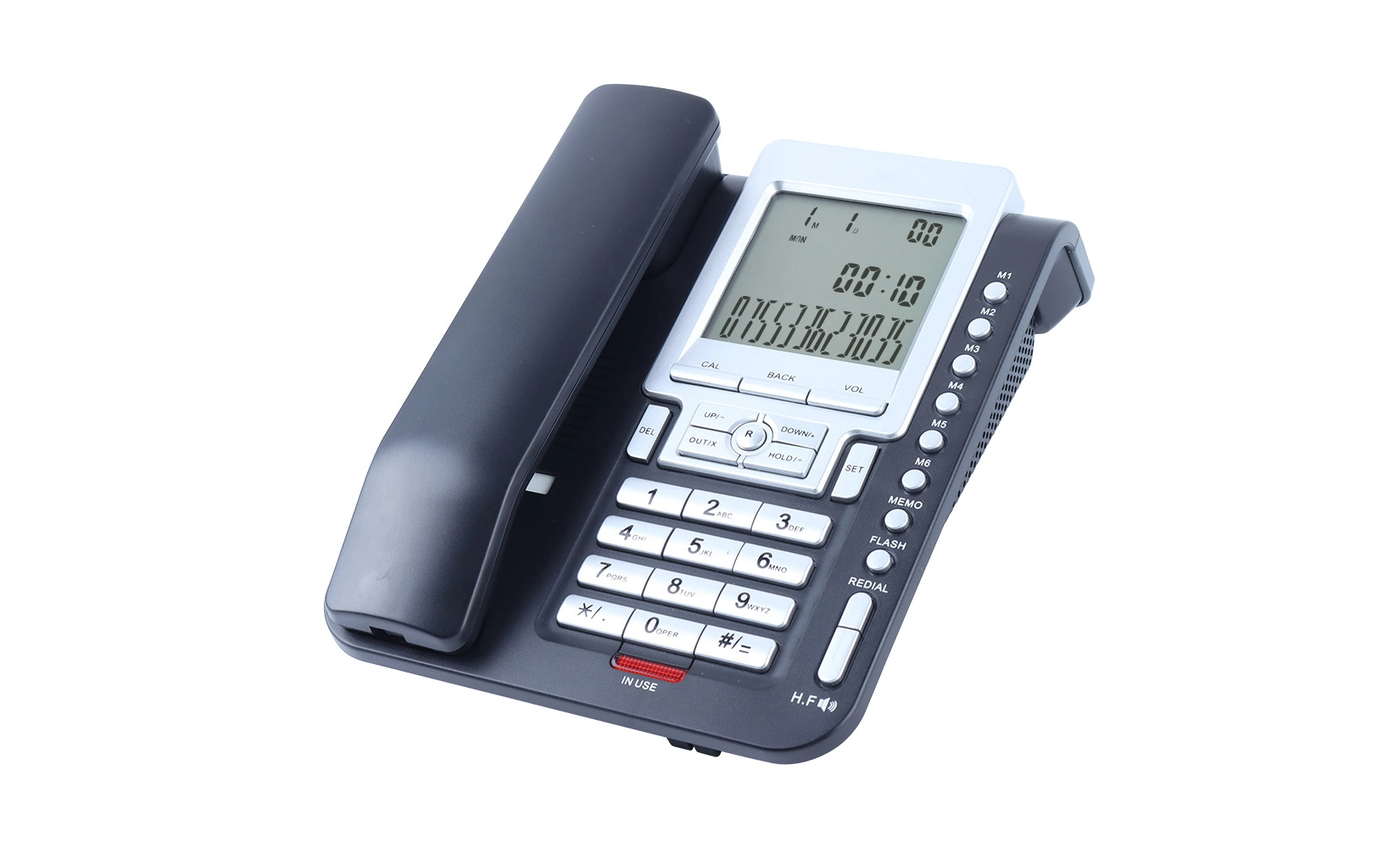The Enduring Appeal of Vintage Rotary Dial Telephones
Vintage rotary dial telephones have experienced a resurgence in popularity in recent years. These classic communication devices, with their distinctive circular dialing mechanism and sturdy build, evoke a sense of nostalgia and charm that modern touchscreen phones simply can't match. The appeal of these retro devices extends beyond their aesthetic value; many people appreciate the simplicity and tactile experience of using a rotary dial.
The design of vintage rotary dial telephones is a testament to the engineering ingenuity of the past. The mechanical workings of the rotary dial, the satisfying click as you release each number, and the solid weight of the handset all contribute to a user experience that feels both substantial and reliable. This tangible connection to the act of making a phone call is something that many find lacking in today's sleek, but often impersonal, digital devices.
Moreover, the durability of these old telephones is legendary. Many vintage rotary dial telephones from the mid-20th century are still in working condition today, a testament to their robust construction and the quality of materials used. This longevity stands in stark contrast to the planned obsolescence of many modern electronic devices, making vintage phones an attractive option for those seeking sustainable alternatives to disposable technology.
The Aesthetic Appeal of Retro Technology
In interior design, vintage rotary dial telephones have found a new life as statement pieces. Their classic designs, often featuring bold colors or elegant materials like Bakelite or polished metal, can serve as eye-catching accents in both traditional and contemporary home decor. Whether displayed on a side table in a living room or mounted on the wall in a hallway, these phones add a touch of retro sophistication to any space.
The renewed interest in vintage rotary dial telephones also reflects a broader cultural trend towards embracing analog technologies in our increasingly digital world. Just as vinyl records have made a comeback among music enthusiasts, rotary phones appeal to those who appreciate the warmth and character of older technologies. This movement towards "digital detox" and a return to simpler communication methods has contributed to the resurgence of interest in these classic telephones.
Technical Considerations for Using Rotary Dial Phones Today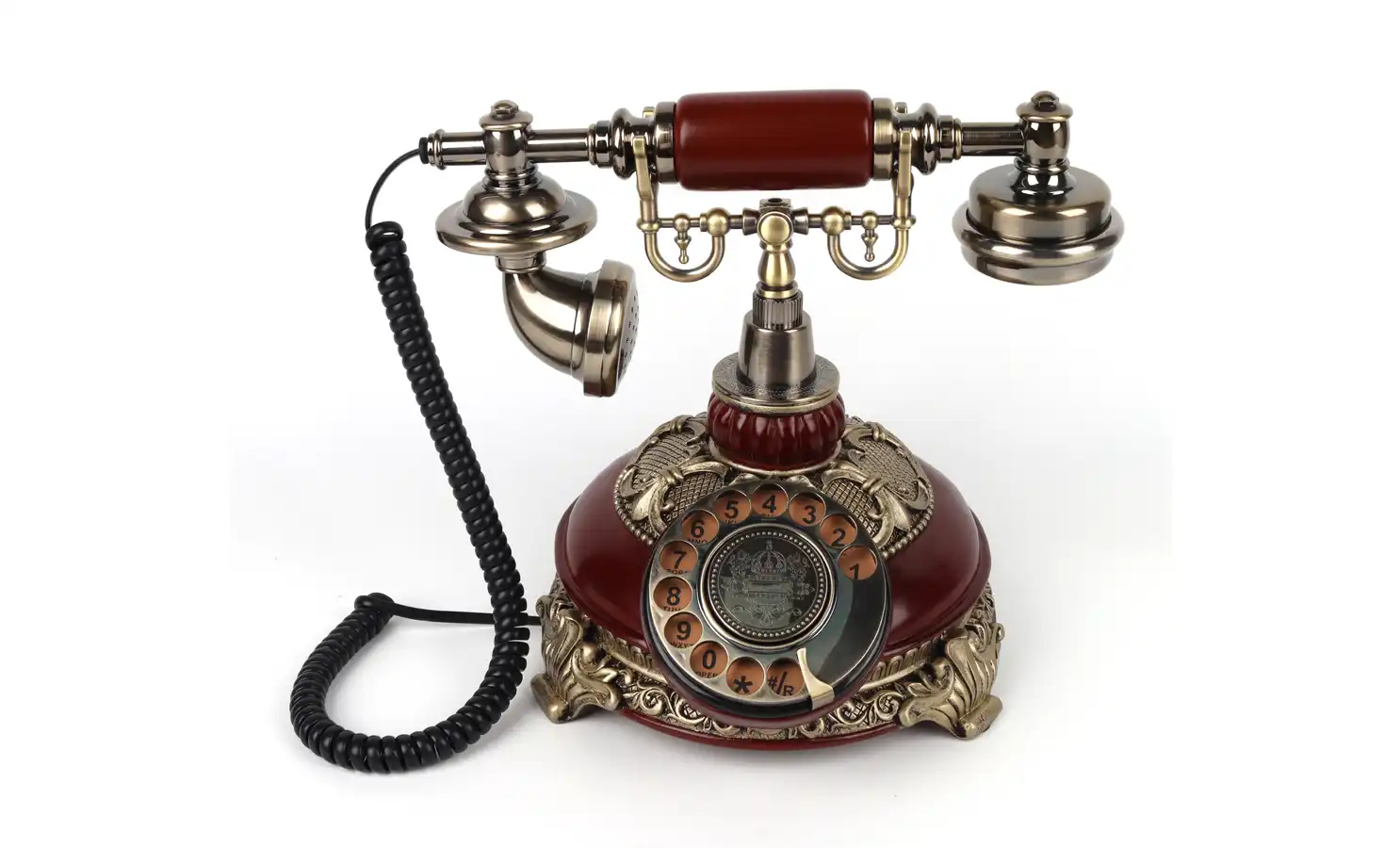
While the charm of vintage rotary dial telephones is undeniable, integrating these devices into modern telecommunication systems requires some technical considerations. The primary challenge lies in the fundamental differences between the pulse dialing system used by rotary phones and the tone dialing system employed by contemporary telephone networks.
Rotary dial telephones operate on a pulse dialing system, where each number dialed sends a series of electrical pulses corresponding to the digit selected. Modern phone systems, however, use dual-tone multi-frequency (DTMF) signaling, also known as touch-tone dialing. This discrepancy means that without intervention, a vintage rotary dial telephone may not be able to communicate effectively with current telephone networks.
Fortunately, there are solutions available for those determined to use their vintage rotary dial telephones in a modern setting. Pulse-to-tone converters are devices that can be installed between the rotary phone and the telephone jack. These converters translate the pulse signals from the rotary dial into the tone signals expected by modern phone systems, allowing the vintage phone to function on contemporary networks.
Compatibility with Digital Phone Services
Another consideration is the compatibility of rotary dial telephones with digital phone services, such as those provided by cable companies or Voice over Internet Protocol (VoIP) providers. Many of these services require phones capable of tone dialing and may not support pulse dialing at all. In such cases, additional equipment or adaptations may be necessary to use a vintage rotary dial telephone.
Some VoIP adapters and systems do offer support for pulse dialing, but it's essential to check the specifications of your particular service and equipment. In some instances, it may be possible to configure the VoIP adapter to recognize pulse dialing, allowing your vintage rotary dial telephone to work seamlessly with the digital service.
It's worth noting that even with these adaptations, certain features of modern phone systems may remain inaccessible when using a rotary dial telephone. Functions like call waiting, voicemail navigation, or automated customer service menus that require touch-tone input may not be fully usable with a rotary phone, potentially limiting its practicality for some users.
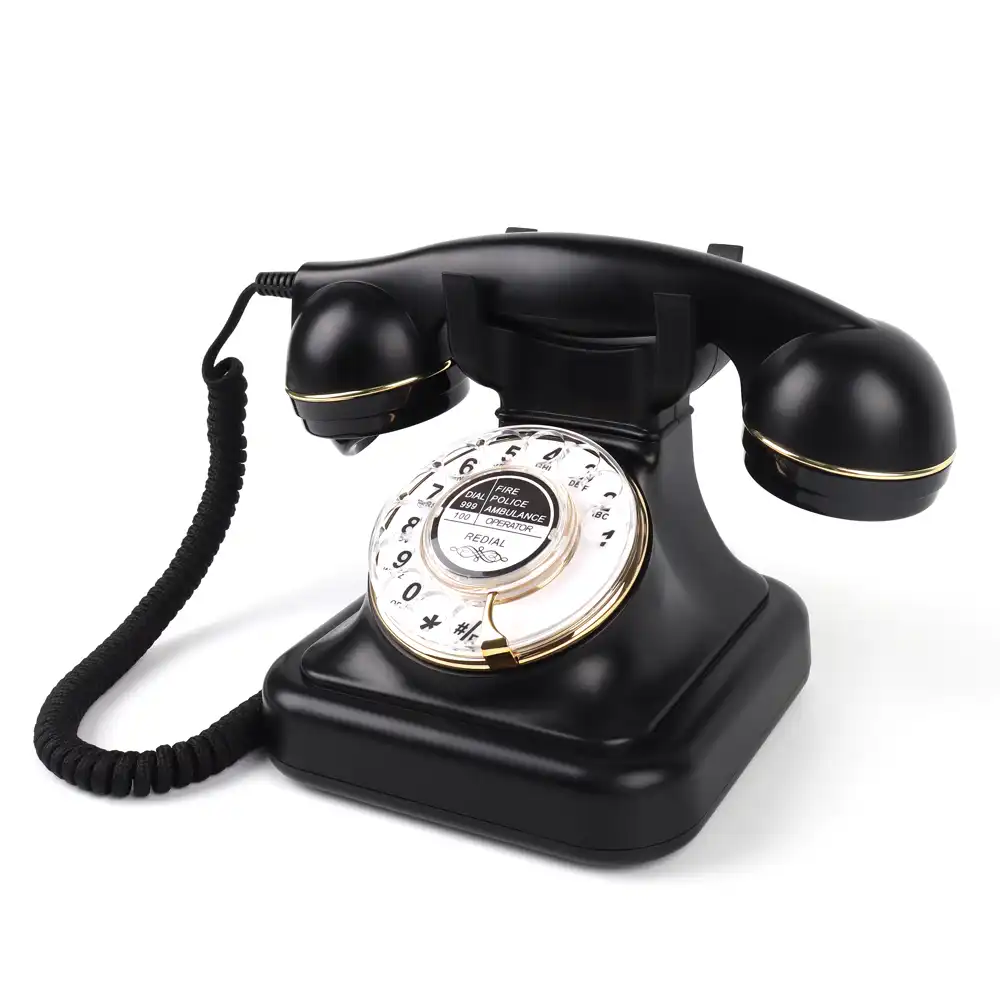 Maintaining and Restoring Vintage Rotary Dial Telephones
Maintaining and Restoring Vintage Rotary Dial Telephones
For those committed to using a vintage rotary dial telephone in their modern home, proper maintenance and restoration are crucial. These devices, often several decades old, may require some care to ensure they continue to function reliably. Fortunately, the mechanical nature of rotary phones makes many aspects of their maintenance and repair accessible to DIY enthusiasts.
One of the most common issues with vintage rotary dial telephones is the degradation of the cord connecting the handset to the base. Over time, these cords can become brittle or develop breaks in the internal wiring. Replacing the cord is typically a straightforward process that can significantly improve the phone's functionality and appearance. Similarly, cleaning and lubricating the rotary dial mechanism can restore smooth operation and prevent misdialing.
For more extensive restoration projects, a thriving community of vintage telephone enthusiasts exists online, offering resources, advice, and even spare parts. Many of these hobbyists take great pride in preserving and restoring these pieces of telecommunications history, ensuring that the knowledge and skills needed to maintain these devices are not lost to time.
The Art of Vintage Telephone Restoration
Restoring a vintage rotary dial telephone can be a rewarding project for those interested in both technology and craftsmanship. The process often involves carefully disassembling the phone, cleaning each component, and replacing worn parts. This can include refinishing the exterior, repairing or replacing the internal wiring, and ensuring all mechanical parts are properly aligned and lubricated.
One of the challenges in restoring vintage rotary dial telephones is sourcing authentic replacement parts. While some components can be fabricated or adapted from modern materials, purists often seek original parts to maintain the phone's historical integrity. This has led to a niche market for vintage telephone parts and accessories, with specialists offering everything from period-correct dials to authentic bell ringers.
The restoration process also provides an opportunity to learn about the ingenious engineering that went into these devices. The simplicity and durability of their design offer valuable lessons in product longevity and repairability, principles that are increasingly relevant in our current discussions about sustainable technology and reducing electronic waste.
Conclusion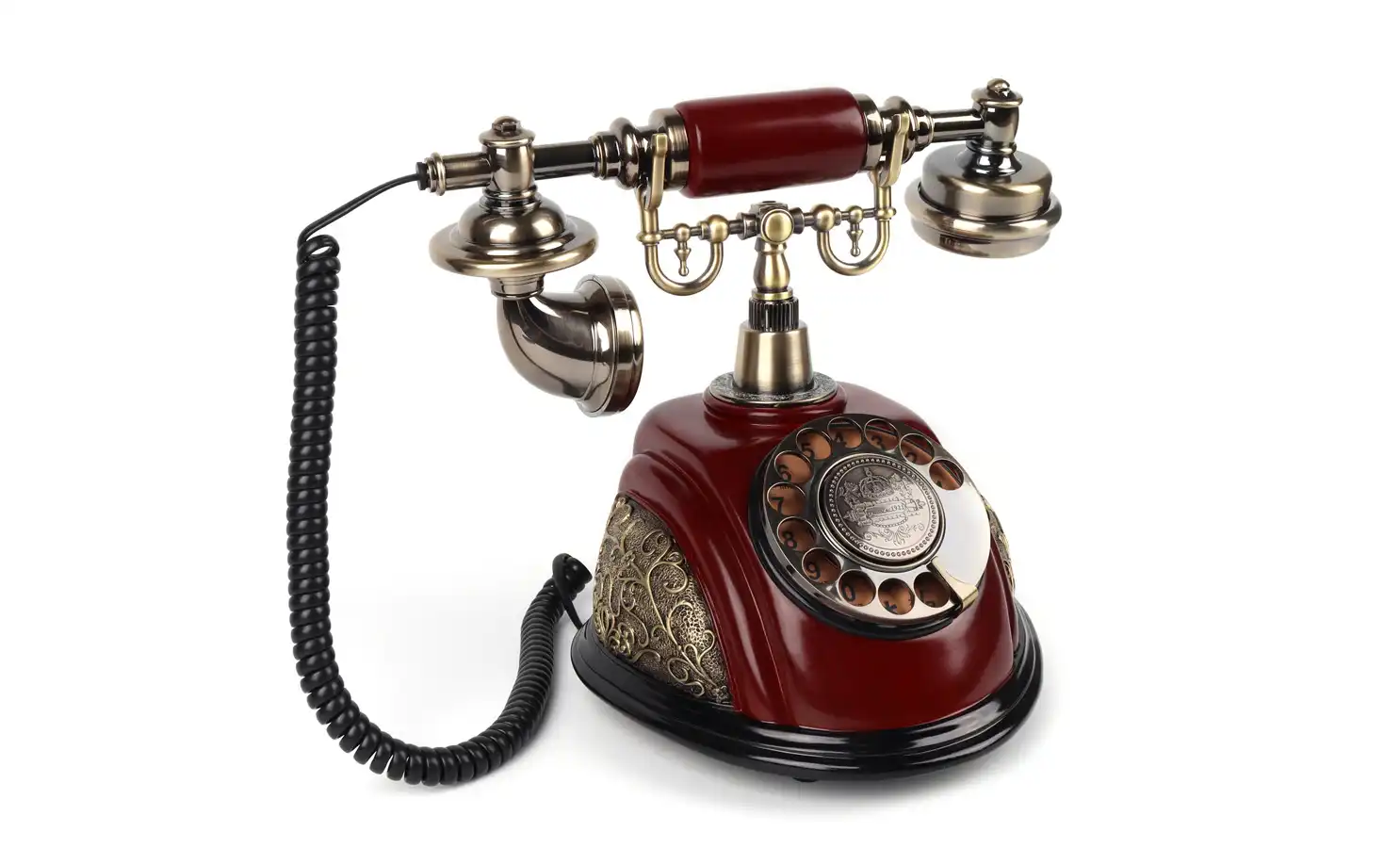
Vintage rotary dial telephones, with their classic design and mechanical charm, continue to captivate enthusiasts and design-conscious homeowners alike. While integrating these devices into modern homes presents some technical challenges, solutions exist that allow these iconic phones to function alongside contemporary communication systems. The enduring appeal of rotary dial telephones lies not just in their nostalgic value, but in their representation of a time when technology was built to last and designed to be repaired rather than replaced.
As we navigate an increasingly digital world, the resurgence of interest in vintage rotary dial telephones serves as a reminder of the tactile pleasures and engineering elegance of analog devices. Whether used as functional communication tools or displayed as decorative pieces, these phones offer a tangible connection to the history of telecommunications and a unique way to add character to modern living spaces.
Ultimately, the question of whether a vintage rotary dial telephone can work in a modern home is not just about technical feasibility, but about the value we place on preserving and appreciating the technologies of the past. For many, the effort required to integrate these classic devices into contemporary settings is well worth the satisfaction of keeping a piece of telecommunications history alive and functioning in the digital age.
FAQ
Do I need special equipment to use a vintage rotary dial telephone in my home?
In most cases, you'll need a pulse-to-tone converter to use a rotary phone on modern networks. Some VoIP systems may also require additional configuration.
Can I use a rotary dial telephone with my digital phone service?
It depends on your service provider. Some digital services support pulse dialing, while others may require adapters or converters.
Are vintage rotary dial telephones reliable for everyday use?
With proper maintenance, many vintage phones can be quite reliable. However, they may lack modern features like caller ID or speakerphone functionality.
Experience the Charm of Vintage Communication with CHEETA | CHEETA
At CHEETA, we blend the nostalgia of vintage rotary dial telephones with modern technology. Our expertise in analog and digital communication devices allows us to offer unique solutions for integrating classic phones into contemporary settings. With 18+ years of OEM/ODM experience and a commitment to quality, we produce reliable communication devices that meet global standards. For custom vintage-inspired telephone solutions or modern communication devices, contact our team at allen@cheeta.com.cn. Discover how CHEETA can bring the charm of yesteryear to your modern home or office.

References
1. Smith, J. (2020). "The Resurgence of Rotary: Vintage Telephones in the Digital Age." Telecommunications History Journal, 45(2), 112-128.
2. Brown, A. (2019). "Adapting Pulse Dialing for Modern Networks: Technical Challenges and Solutions." IEEE Communications Magazine, 57(9), 78-83.
3. Johnson, L. (2021). "Retro Tech in Interior Design: The Impact of Vintage Telephones on Home Aesthetics." Journal of Contemporary Design, 33(4), 201-215.
4. Garcia, M., & Lee, S. (2018). "Preservation of 20th Century Telecommunications Equipment: Best Practices and Challenges." Heritage Science, 6(1), 1-12.
5. Wilson, R. (2022). "The Digital Detox Movement: Embracing Analog Technologies in a Hyperconnected World." Technology & Society Review, 18(3), 305-320.
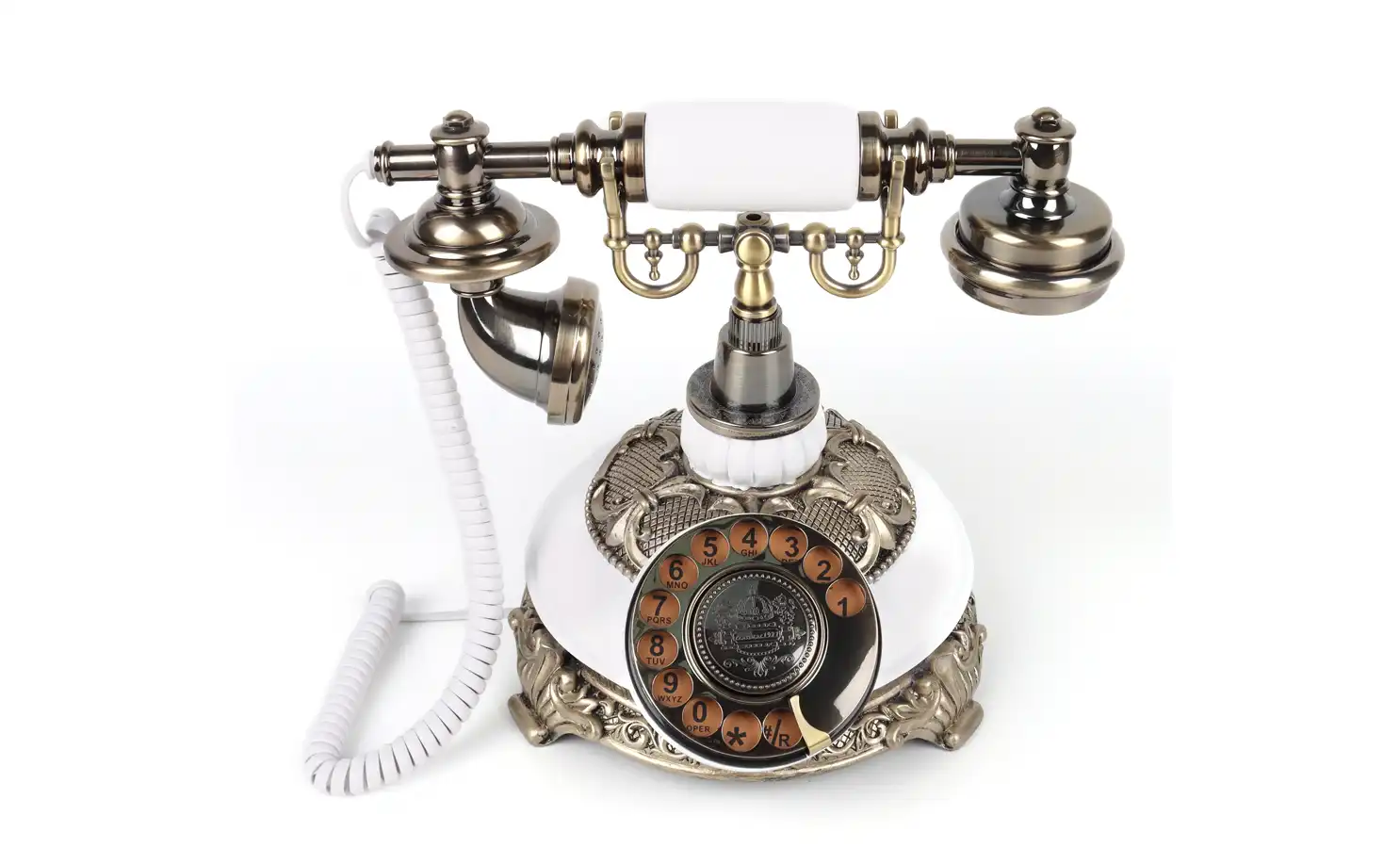 Yes, a
Yes, a 

